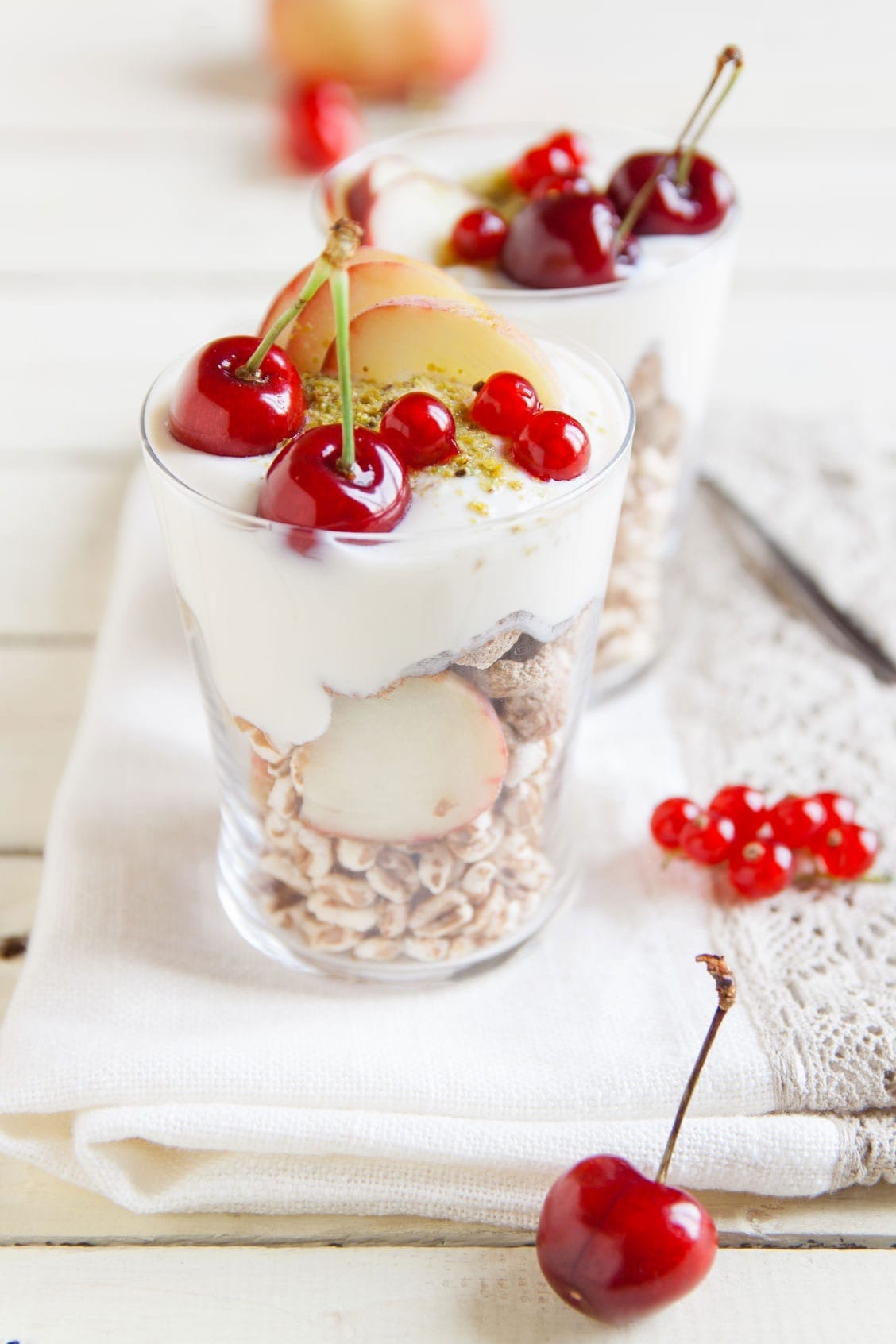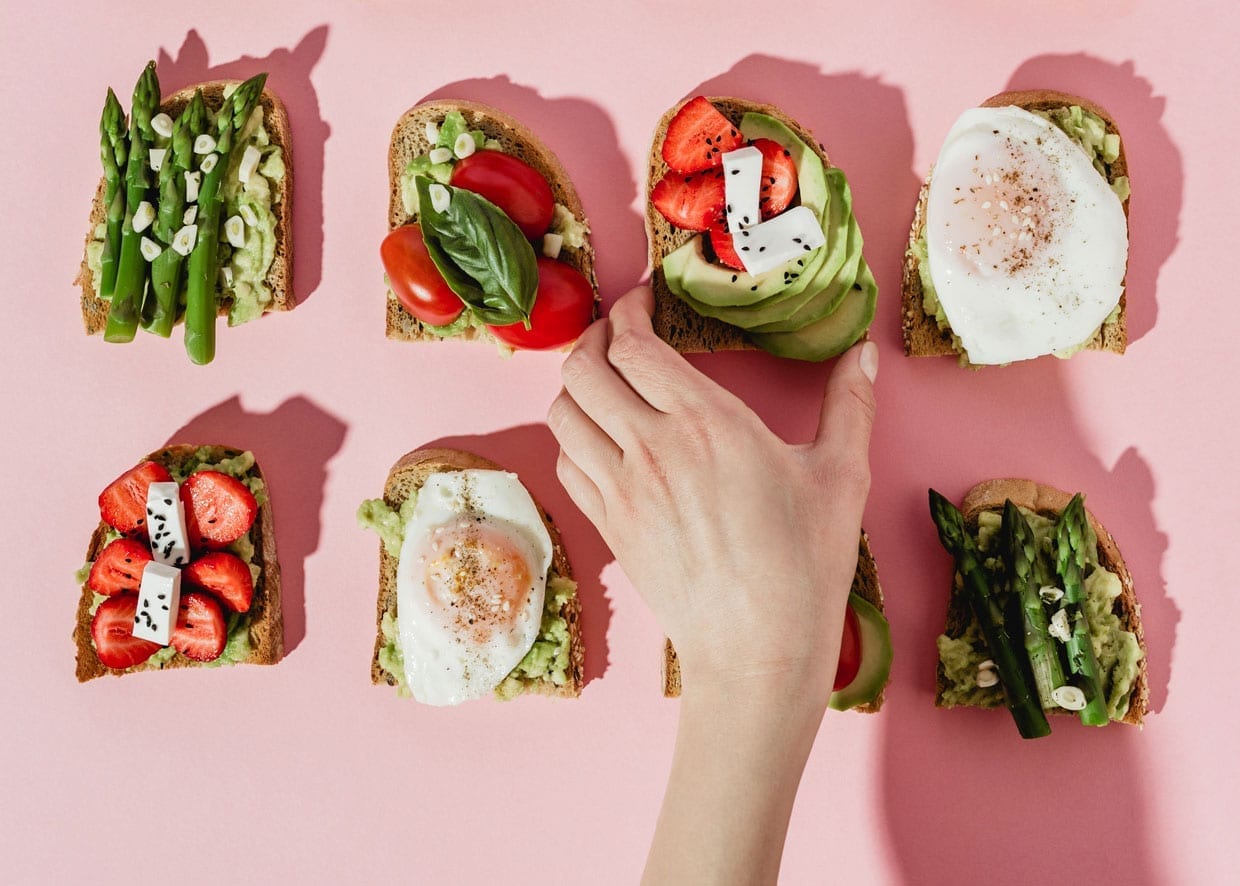Whether it is a protein bar en route to the gym or a cookie to curb the dreaded 4 p.m. office slump, snacking is an accepted and regular part of our everyday eating habits. Interestingly though, snacking itself is a relatively new concept. As our lives have become increasingly fast-paced, our eating patterns have shifted. Meals are no longer daily sit-down social rituals or moments of stillness, but often solo on-the-go affairs as we juggle multiple works and family commitments. In fact, snacking is on the rise in the U.S. Around 94 percent of Americans snack daily — as opposed to countries like France and Russia where snaking is less common — with the pre-bought snack market growing $3.4 billion globally in 2017.
Despite snacking’s success, our grazing culture is not necessarily conducive to optimum health and wellbeing. “My opinion is that if you are eating well-balanced meals there should be no need to snack in between,” says nutritional therapist Tracy Tredoux. “Every time we eat, we kick our digestive tract into action and put stress on our body as a whole. This diverts energy away from other necessary bodily functions.” It is therefore recommended to leave gaps between meals, at least four to five hours, in order to give your digestive system a chance to relax and repair.
But there is merit for eating six small meals a day, which many nutritionists promote. For those suffering from conditions such as ulcerative colitis, Crohn’s disease or irritable bowel syndrome (IBS), “eating smaller meals more regularly throughout the day can prevent the strain on our gut and allow it to function more efficiently throughout the day. We’re also less likely to suffer from wind, indigestion or heartburn if we eat this way,” says Ayesha Akbar, consultant gastroenterologist at The Princess Grace Hospital.

While we may identify feelings of hunger at some points during the day, this is actually a sugar crash. “Foods that convert into glucose quickly (for example, refined carbs or high-sugar foods) cause blood sugar levels to spike, creating a surge in energy and then a crash that leaves you feeling tired and low in energy. You then crave more of those foods that increase blood sugar levels,” Tredoux says. Eating like this sends your body on a rollercoaster of highs and lows throughout the day. “When blood sugar levels are stable, the need for snacks magically disappears and you discover you can happily go hours without food,” she adds.
Keeping blood sugar levels constant, and snacking at bay, requires careful consideration when it comes to meal planning. Nutritional therapist Kay Ali suggests aiming for high protein and fiber meals at both breakfast and lunch. “Both macronutrients have been shown to slow down the release of sugars into our blood from our meals and release energy steadily throughout the morning or afternoon.” Keeping this in mind, Ali specifies imagining your plate in four quarters.
While we may identify feelings of hunger at some points during the day, this is actually a sugar crash
“Aim for a fist size of protein like eggs, salmon, chicken, edamame or tofu; another fist of complex carbohydrates like brown rice, chickpeas, lentils, quinoa or sourdough bread; and two to three fist sizes of vegetables.”
Snacking can also be stress-induced. “95 percent of serotonin (the happy hormone) is made in our gastrointestinal tract and not only does insulin help transport sugar into our cells, but it also helps carry serotonin to our brain. During moments of stress, the transportation of serotonin to the brain is impacted, and sugar cravings are triggered as a means of increasing the amount of insulin available to help transport more serotonin to the brain,” Ali says. This is why we find ourselves constantly snacking when we are under a lot of stress.
Combatting stress-driven snacking is trickier than balancing blood sugar levels. Ali suggests managing the stress head-on. She suggests incorporating mindfulness techniques or exercises like yoga into your day to reduce stress. It is also worth supporting your digestive health, too. “A healthy balance of beneficial bacteria is essential for optimal serotonin production,” Ali says. A twofold approach of a diet rich in probiotic food (for example, fermented foods like kombucha and kimchi) or supplements is the best course of action here.
Stop snacking in its tracks
Follow Ali’s top tips for sticking to healthy meals and avoiding grazing
- Do not skip breakfast. Skipping meals contributes to poor blood sugar balance and increases the risk of energy crashes and sugar cravings later in the day.
- Add a scoop of protein powder to your morning porridge. The protein will help you feel fuller longer and stave off those cravings later on.
- Switch to full-fat milk in your morning coffee. Semi-skimmed milk is not only higher in sugar, predisposing you to poor blood sugar balance, but it lacks the fat-soluble nutrients you find in full-fat milk. These help to nourish your body and keep you feeling fuller longer. If you are lactose intolerant, choose full-fat nut kinds of milk such as almond or hazelnut.
- Micro tweak your meals. Upgrade carbohydrates to their complex alternatives. Try switching white toast to brown, or bread and pasta to lentils and beans.
- Schedule eating alarms. If you are someone that is busy and forgets to eat at mealtimes, set reminders on your phone.
Like most health choices, deciding when and how to eat is very much a personal thing, and everybody has different needs and demands.

Healthy snack ideas
Skip the store-bought snacks and try these homemade and nutritionally rich options from Tredoux instead:
- Natural yogurt topped with berries and seeds
- Oatcakes with hummus, guacamole, smoked salmon, cream cheese, mackerel pâté or any sugar-free nut butter
- A boiled egg with oatcakes or celery
- A few squares of good quality dark chocolate (ideally 80 percent)
- Hummus or cottage cheese with crudités such as peppers, tomatoes, carrots, celery, cucumber, broccoli or cauliflower
- Half an avocado with mixed and toasted seeds.
- Cup of miso soup with oatcakes
- Feta cheese with a few olives and some cherry tomatoes
- Tuna, celery, cucumber and spring onions with oil and vinegar dressing
- A handful of nuts such as almonds and cashews or mixed seed trail





